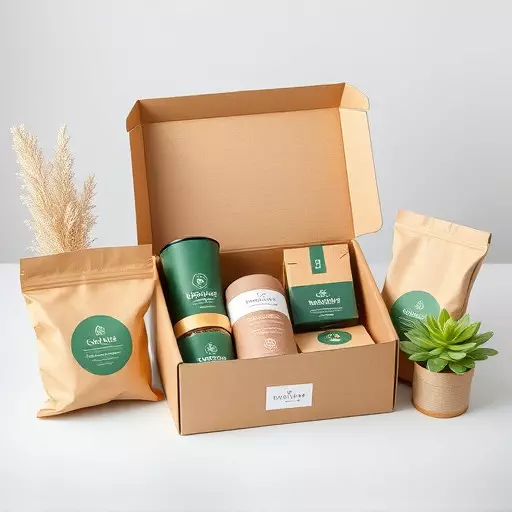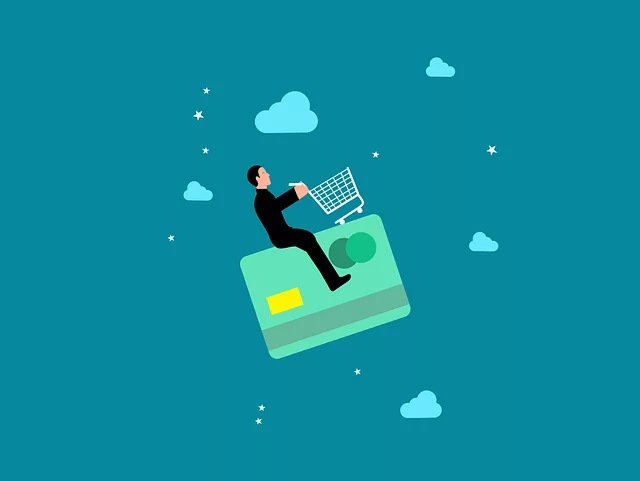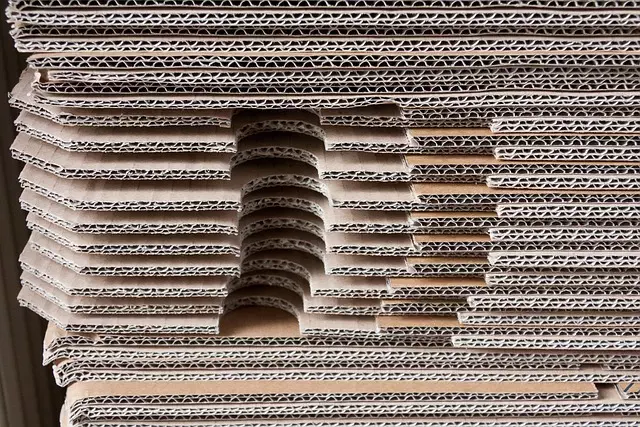E-commerce businesses are transitioning to custom e-commerce packaging and sustainable e-commerce packaging solutions to enhance brand image, satisfy environmentally conscious consumers, and meet the growing demand for unique, eco-friendly designs. This shift responds to consumer expectations for transparency, product protection, and aesthetic appeal while reducing environmental impact. Clear, customizable packaging materials like glass, paper, or biodegradable plastics elevate the customer experience, foster brand loyalty, and promote sustainable practices in online retail. Future trends include increased use of biodegradable materials, refillable containers, and modular designs to further reduce waste and cater to growing consumer demand for green packaging.
The rapid growth of e-commerce has led to a corresponding rise in packaging concerns, as businesses seek effective yet eco-friendly e-commerce packaging solutions. In response, sustainable e-commerce packaging has become a prominent trend, driven by consumer awareness and regulatory pressures. This article explores various aspects of transparent e-commerce packaging, from the custom e-commerce packaging that enhances brand identity to the innovations that are revolutionizing the industry. We delve into the benefits, challenges, and future outlook of this evolving landscape.
- The Rise of E-commerce and Packaging Concerns
- Sustainable Packaging: A Growing Trend in E-commerce
- Customization: Tailoring Packaging to Brand Identity
- Innovations in Transparent E-commerce Packaging
- Benefits of Using Clear Packaging Materials
- Challenges and Considerations for Implementers
- Future Outlook: Evolving Transparent Packaging Designs
The Rise of E-commerce and Packaging Concerns
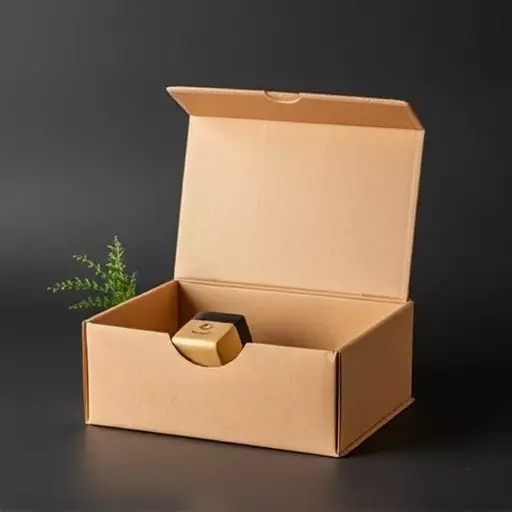
Sustainable Packaging: A Growing Trend in E-commerce
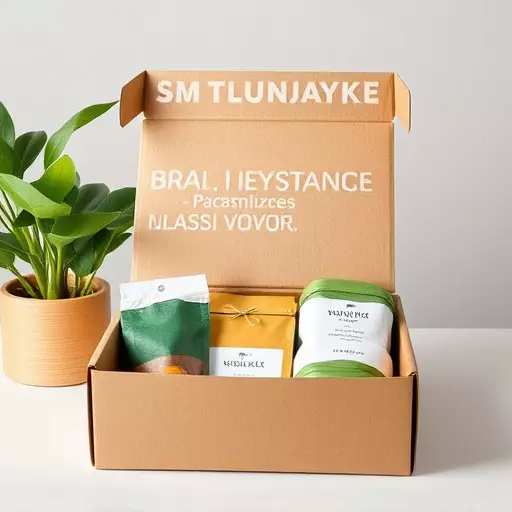
In today’s digital era, e-commerce is booming, and so is the need for innovative and sustainable e-commerce packaging solutions. Consumers are increasingly conscious of the environmental impact of their purchases, driving a growing trend towards sustainable e-commerce packaging. Brands are responding by adopting eco-friendly materials like recycled paper, biodegradable plastics, and compostable films, reducing waste and carbon footprints. This shift not only aligns with rising consumer expectations but also offers businesses an opportunity to differentiate themselves through custom e-commerce packaging that reflects their brand identity while meeting sustainability goals.
The demand for sustainable e-commerce packaging is expected to continue growing as regulations tighten and consumers demand more from brands. Transparent packaging, for instance, allows customers to see the product inside, enhancing trust and reassurance, while also showcasing the eco-friendly materials used. Customized designs can further engage customers, turning what was once a mundane delivery item into a brand experience—all while promoting sustainability, ensuring products arrive safely, and contributing to a greener future.
Customization: Tailoring Packaging to Brand Identity

In the realm of e-commerce, where first impressions are made virtually, custom e-commerce packaging stands as a powerful tool for differentiation. Brands now have the opportunity to tailor their e-commerce packaging solutions to reflect their unique identity and values. This customization goes beyond simple aesthetics; it involves aligning packaging design with brand messaging and sustainability goals, creating a seamless and memorable unboxing experience.
By embracing sustainable e-commerce packaging, businesses can further elevate their custom designs. Eco-friendly materials like recycled paper, biodegradable plastic, or plant-based fibers not only reduce environmental impact but also communicate a commitment to ethical practices. This approach resonates with environmentally conscious consumers, fostering brand loyalty and contributing to a more sustainable future for online retail.
Innovations in Transparent E-commerce Packaging

The rise of e-commerce has sparked a revolution in packaging, with transparent e-commerce packaging solutions at the forefront. Consumers today demand visibility and information about the products they purchase online, driving brands to create sustainable e-commerce packaging that not only protects goods but also communicates their values. Innovations in materials, such as biodegradable and compostable options, are shaping a greener future for the industry.
Furthermore, custom e-commerce packaging is becoming a powerful tool for brands to enhance customer experience and build brand loyalty. By incorporating unique designs, personalized messages, and augmented reality features, retailers can transform mundane packaging into engaging experiences that delight customers. These custom solutions not only differentiate brands but also contribute to the growing trend of sustainable e-commerce practices, demonstrating a commitment to environmental responsibility while meeting the evolving needs of online shoppers.
Benefits of Using Clear Packaging Materials

Clear packaging materials offer a range of benefits for e-commerce businesses looking to enhance their product presentation and overall customer experience. One of the key advantages is the ability to provide maximum visibility, allowing customers to inspect products closely before purchase. This transparency can significantly improve customer confidence, especially for online shoppers who cannot physically examine items in stores. By showcasing products clearly, brands can reduce the likelihood of returns due to unexpected appearances or conditions.
Additionally, transparent e-commerce packaging contributes to sustainable practices and eco-conscious consumerism. Common materials like glass, paper, or biodegradable plastics provide an environmentally friendly alternative to traditional opaque packaging. This approach allows businesses to appeal to a growing market segment that prioritizes sustainability. Moreover, custom clear packaging enables brands to create unique designs, ensuring their products stand out on shelves or in online listings, thus driving brand recognition and engagement.
Challenges and Considerations for Implementers

Implementing transparent e-commerce packaging comes with its unique set of challenges and considerations. One of the primary hurdles is balancing environmental sustainability with consumer expectations. While the move towards sustainable e-commerce packaging is essential for reducing waste, it must also meet the aesthetic and protective needs of both the product and the customer experience. Many e-commerce businesses struggle to find packaging solutions that are both eco-friendly and visually appealing, especially for products that require specific cushioning or shielding.
Additionally, custom e-commerce packaging is a complex area. Tailoring packages to individual products and customers can significantly enhance brand identity and customer satisfaction but also adds logistical complexity. Implementers must carefully navigate the design process, considering not just the physical dimensions and materials but also the impact on shipping costs and overall supply chain efficiency. Effective communication between brands, manufacturers, and logistics providers is crucial to ensure that custom packaging aligns with both environmental goals and business realities.
Future Outlook: Evolving Transparent Packaging Designs

The future of e-commerce packaging is poised for a significant transformation, with transparent packaging solutions taking center stage. As consumer awareness of environmental issues grows, there’s a growing demand for sustainable e-commerce packaging that reduces waste and minimizes impact on the planet. Customization is another trend gaining traction; brands are leveraging transparent materials to create unique, eye-catching packaging designs that enhance unboxing experiences, foster brand loyalty, and differentiate products in a crowded online market.
Innovators in the industry are exploring new ways to make e-commerce packaging more eco-friendly while maintaining its transparency. This includes the development of biodegradable materials, refillable containers, and modular designs that promote recycling. These evolving transparent packaging designs not only address environmental concerns but also offer brands an opportunity to communicate their values effectively, appealing to conscious consumers who prioritize sustainability in their purchasing decisions.
